If a signature racket of this type is not used for collection purposes, its highly sought-after nature can pose significant challenges for equipment enthusiasts due to its limited availability, high price, and niche audience.
If it’s a signature version of an active or recently retired national team player, it might still be acceptable. However, if it’s a signature model from an older foreign player, its influence will undoubtedly drop dramatically.
Before answering whether it’s good or not, it must first be noted that this is a very niche option.

Specifications:
- 3UG5
- Weight (strung, without grip tape): 90.8g
- Balance point: 298mm
- Shaft: 7.0mm Bi-Tech carbon
- Shaft length: 210mm
- Stiff setup
- 76-hole string pattern
- Full aero frame
- String groove at 9-3 o’clock
- Max tension: 28 lbs
- String tension: 24-26 lbs (XB63)
The color scheme of the racket is impressive, both striking and elegant. The bright red glossy finish of the racket head, adorned with various technology labels and gold stickers, transitions into a deep burgundy at the T-joint area. The shaft also features the player’s signature near the cone, which adds to its presence.
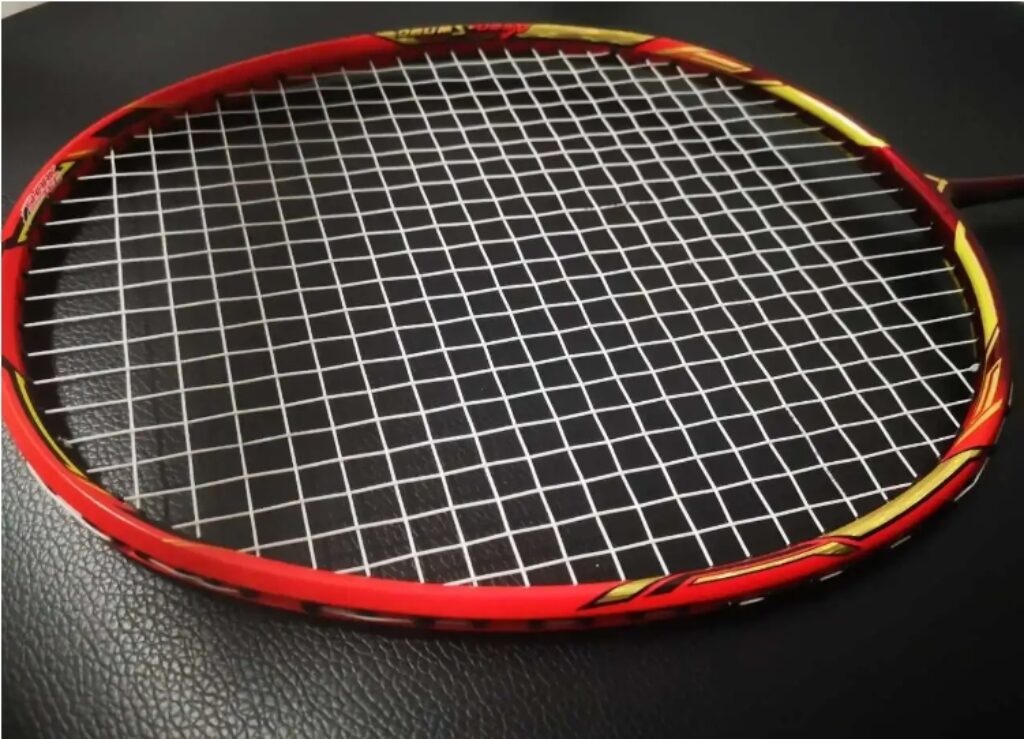
Over the past year, under the influence of a friend, I have gradually shifted from an unconditional preference for 4U versions of any racket to leaning more toward using 3U balanced speed rackets. The current 3U version of the “Amade” (the racket in question) still has a balance point below 300mm even after removing the grip tape, giving it a solid but not overwhelming weight in hand. It feels familiar and reminds me of a racket I’ve used before, the “Watermelon Knife.” However, the frame size of the Amade appears to be larger, and the stiffness of the shaft suggests that this flagship speed racket is not too difficult to handle.
The ease of use was apparent even during the warm-up, before any serious match. During back-and-forth clears of any rhythm, the large sweet spot, low swing weight, high swing speed, and flexible shaft make it very confidence-inspiring for the user, even allowing beginners to hit good clears with decent height and depth.
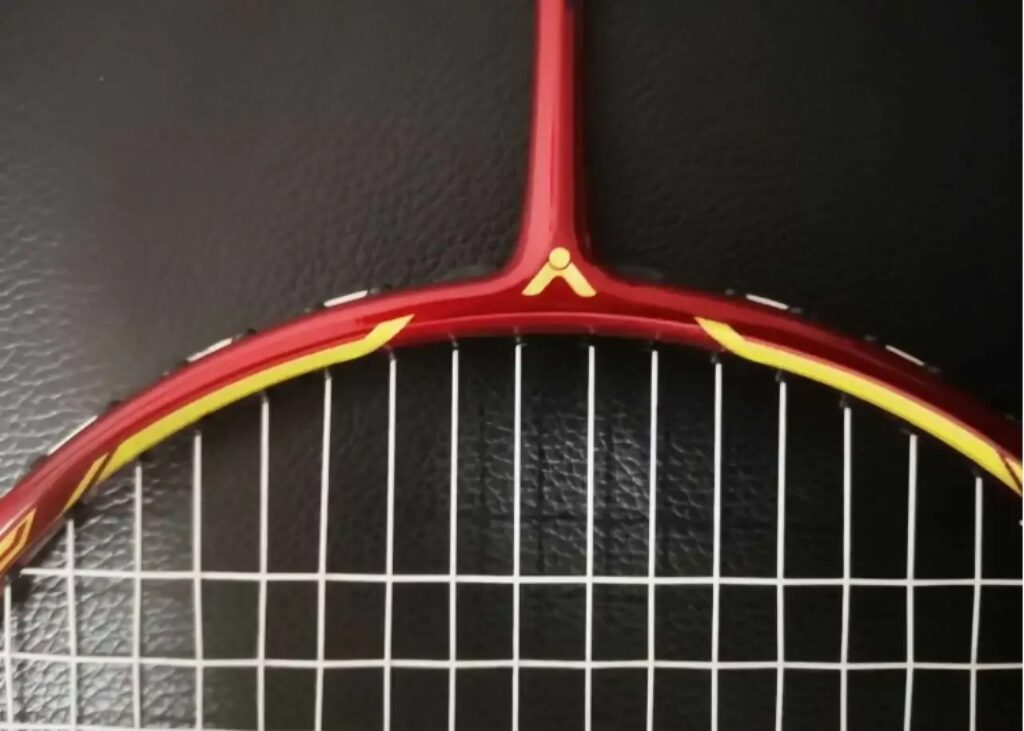
However, this doesn’t mean it’s all smooth sailing. Overall, the stiff tuning of the Amade still requires users to overcome some resistance during their strokes. Unfortunately, the current feedback from the racket also mirrors some early complaints from users of the “Watermelon Knife”—the shaft feels a bit stiff. This observation may lead to me extending my review time for the Amade.
That said, despite the slightly unsatisfactory feedback from the racket, its performance in doubles is already very impressive. When it comes to smashing, its offensive power is similar to the “Energy 80,” which I tried not long ago, with the same vibrant color scheme. However, the Amade offers a crisper, more explosive feel. Additionally, the lower balance point aids in quick, sudden bursts during smashes. Although I haven’t fully tapped into its explosive potential due to some difficulties in adjusting to the shaft, I’ve already gained a considerable advantage in similarly skilled matches by focusing on more sudden and precise offensive strategies.
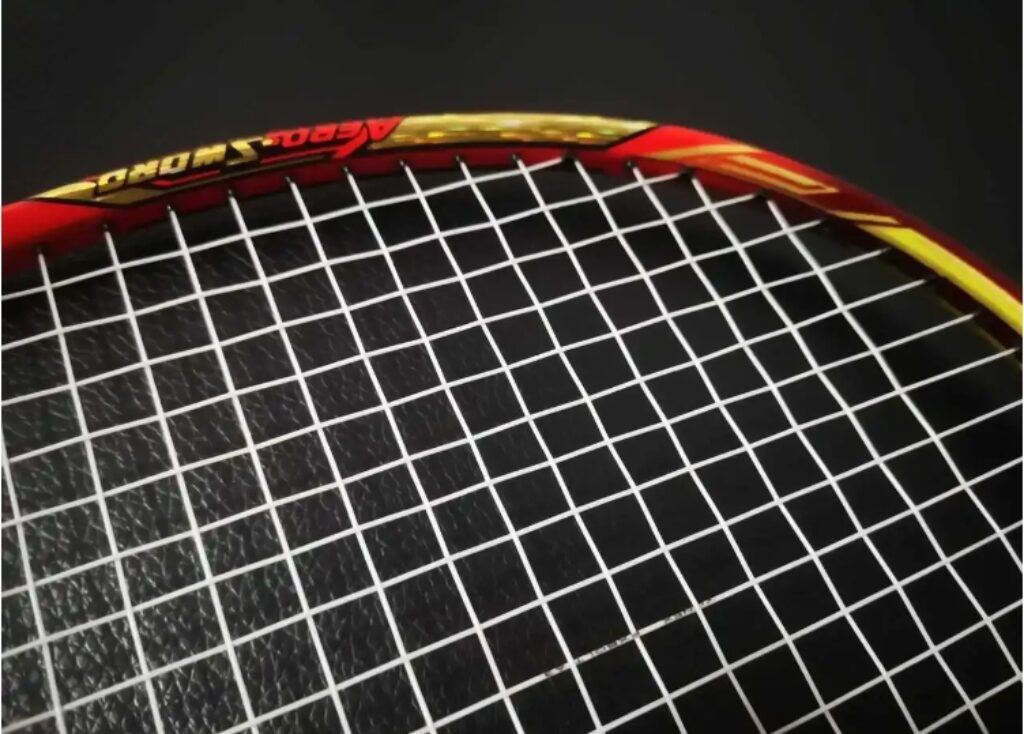
The Amade’s performance in fast exchanges and defense can be described as fierce. For a 3U speed racket made of high-density materials, it shows excellent agility, speed, and stability during continuous rallies. As the pace quickens, the lower balance point and frame allow the racket to be in position faster. In comparison to other top-tier rackets like the Speed 10 or ZSP, the Amade’s larger string bed ensures more consistent contact and reduces mishits.
In net play, the Amade’s large frame remains useful. Although the fast response of the racket makes it harder to control finesse shots like cross-court net shots, it provides an enjoyable experience for simple net returns. A light push can easily send the shuttle just over the net, which can be quite fun. Similarly, its performance in backcourt slicing and drops is outstanding, provided one gets used to its lively responsiveness. Initially, there might be a tendency to send the shuttle too high during drops.
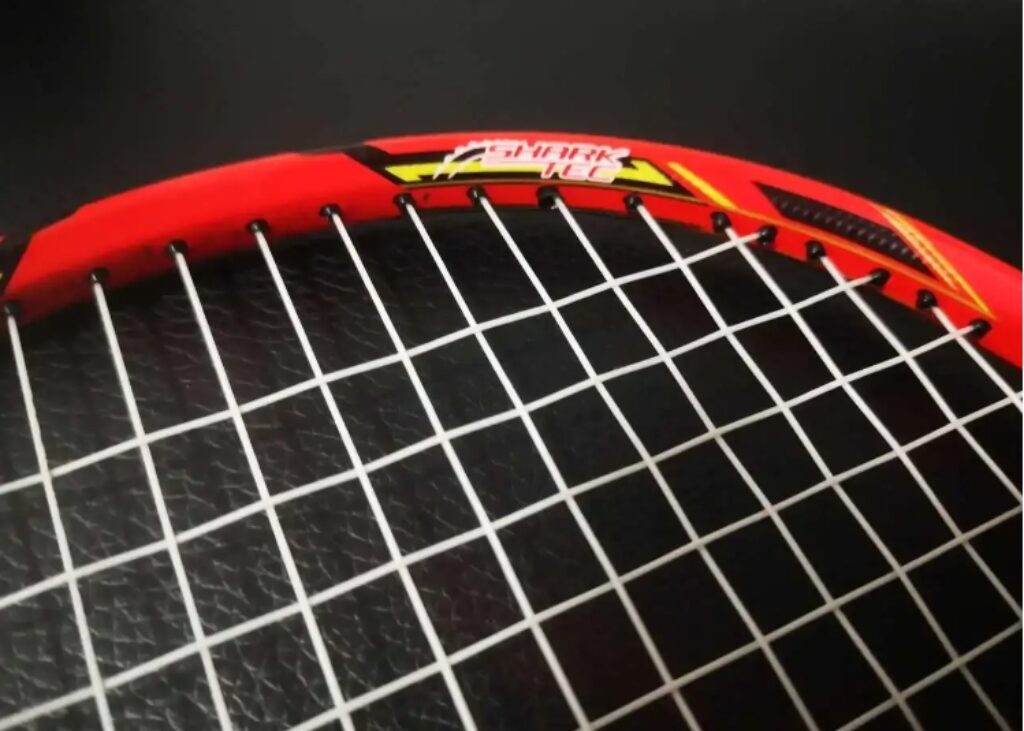
The first defense against powerful smashes is also quite good. With proper preparation, the Amade’s agility and responsiveness make it easier to return the shuttle accurately, disrupting the opponent’s rhythm. However, I emphasize “first defense” because, as the opponent’s attack continues, the stiffness of the shaft increases the difficulty of small adjustments, leading to diminishing return quality. During my testing of the Amade, I instinctively lowered my center of gravity during passive defense to stabilize my swings and produce higher-quality returns, but any lapse in preparation would result in continuous passive play.
Overall, it has a similar feel to the 90k and Speed 10 series. In terms of feedback, I find the racket quite impressive, though the shaft lacks a bit of flexibility. It also doesn’t have the WES feature, and its tension durability is somewhat lacking. However, despite being a signature racket, it’s still more affordable than the 90k, though its low recognition has significantly affected its market demand.
Sigh, Victory keeps producing these well-regarded but poorly received rackets…
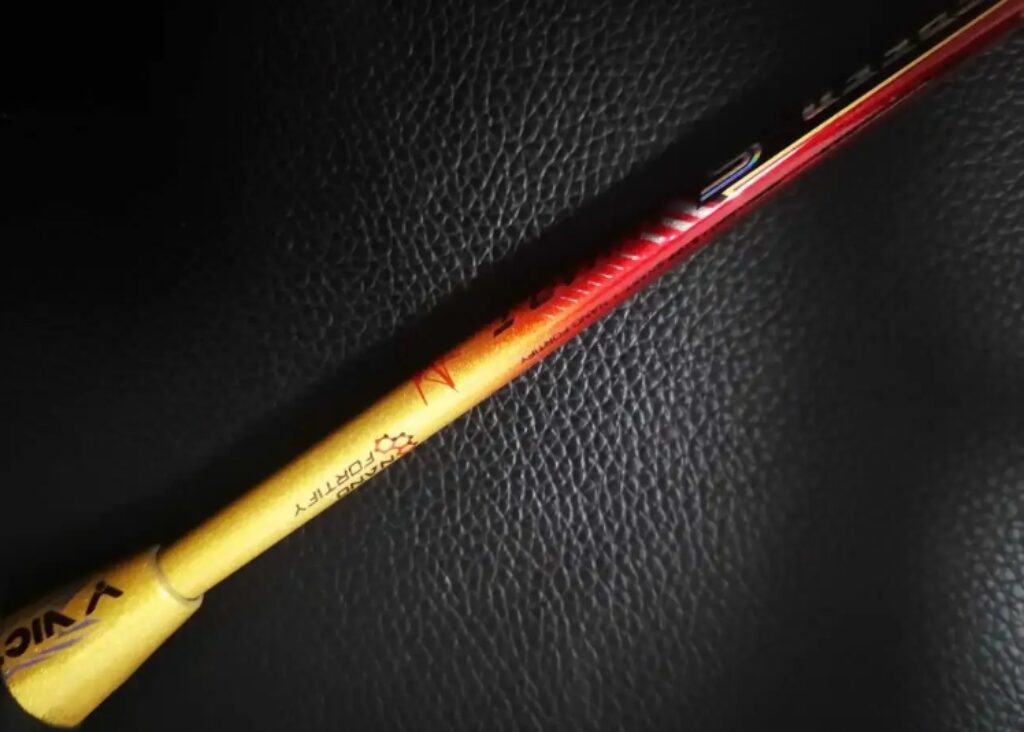

Leave a Reply